This post may contain affiliate links from products and services we love and trust.
I always find it interesting to see which lens professional food photographers use. So I’d love to invite you to take a peek inside my camera bag to see which lenses I have and what I use the most!
I’m going to share these in order of most used and most loved! With images and settings. It’s always fun to see how other photographers use their gear to make their magic.
I’ll also share some camera settings so you can see how I use different lenses in different ways.
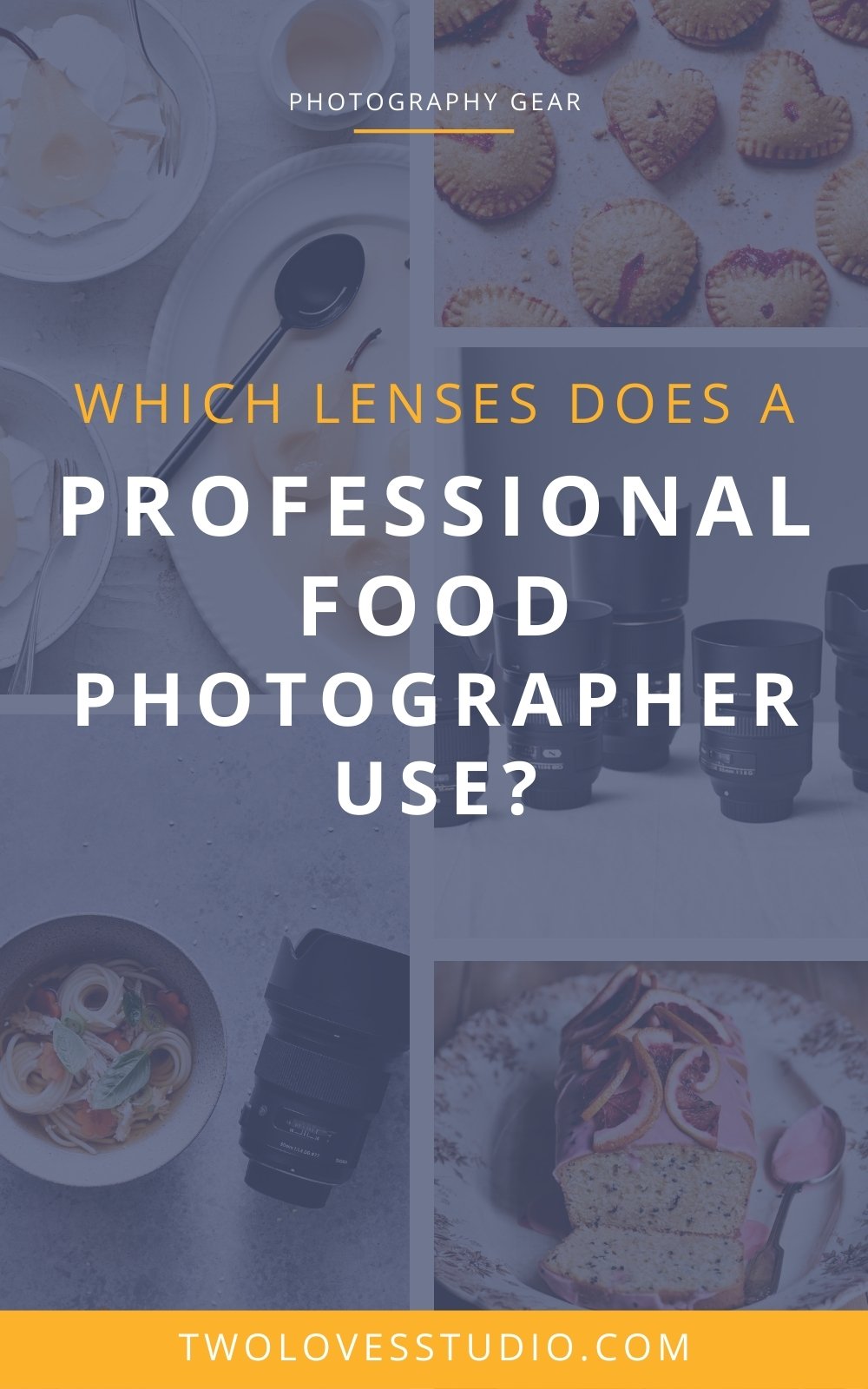
Lenses Professional Food Photographers Use
The main top 4 lenses that I use the most in my food photography are:
Nikkor AF-S 85mm F1.8G
This would have to be my favourite lens! I love the shallow depth of field I can capture with it, it’s lightweight and is great for shooting food portraits – my favourite style of food photography!
You might be asking, why isn’t your favourite lens your ‘go-to’ lens? The reason being is that the 85mm doesn’t have a good minimum focusing distance and there are times when I need to be closer to capture texture in my subjects.
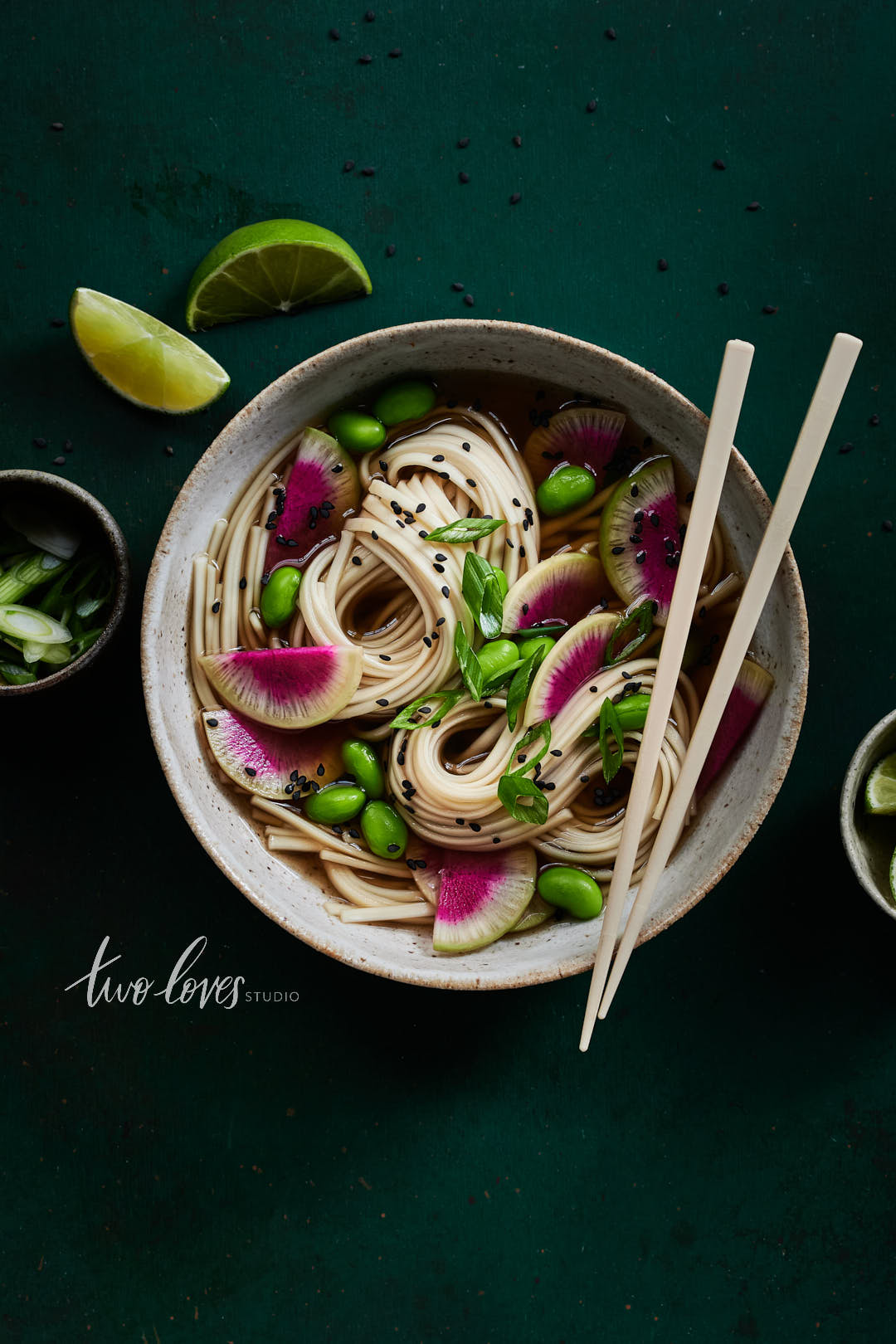
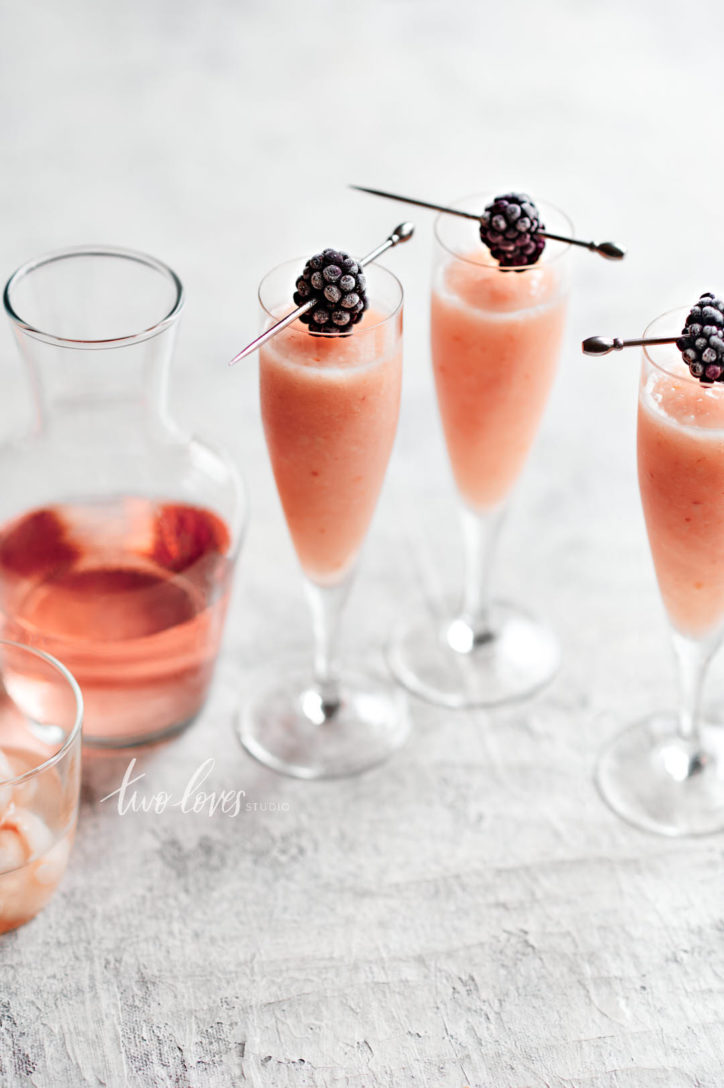
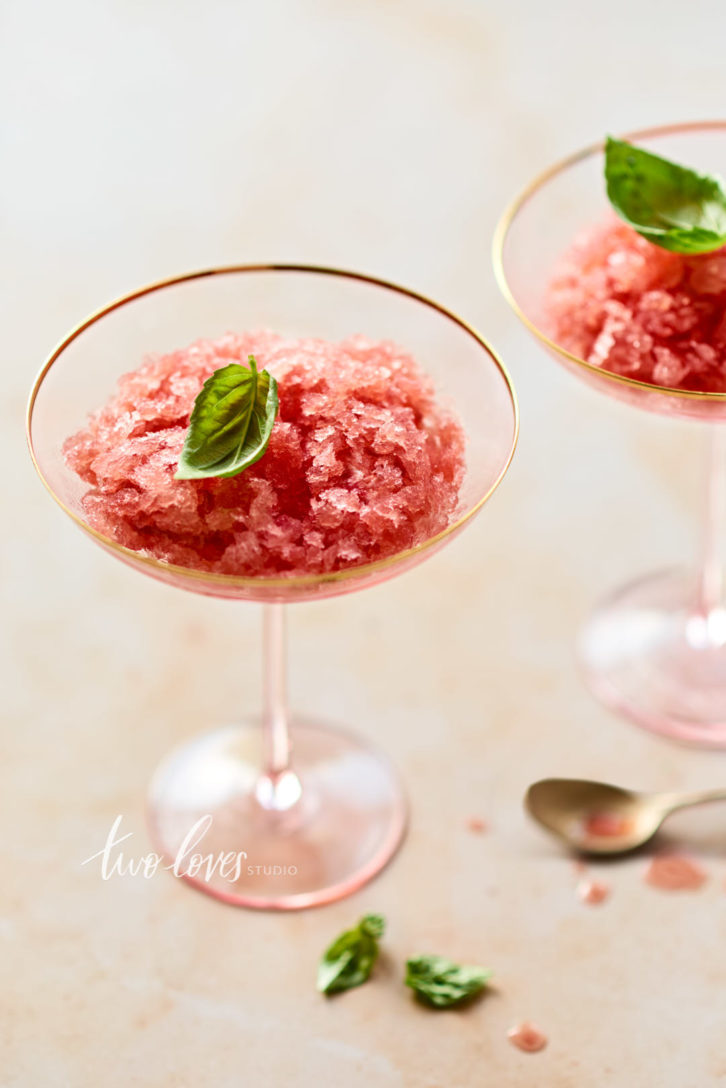
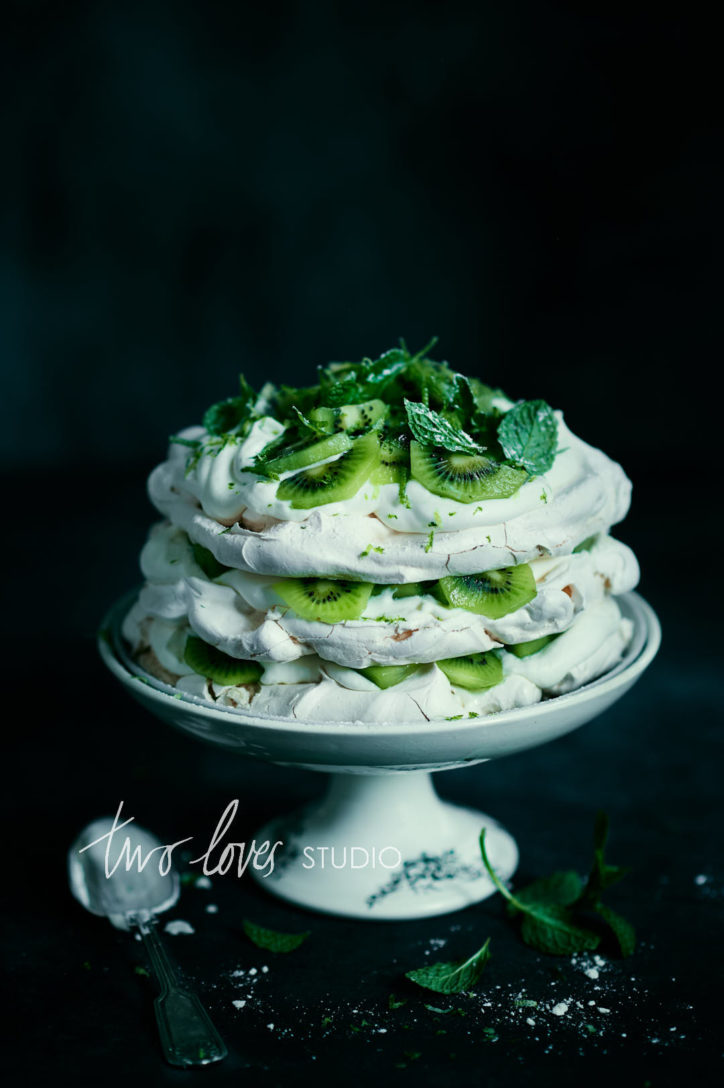
But the 85mm focal length for me captures the right amount of ‘space’ and story in my images. I would have to use it on every shoot! Especially cocktail shots where I need more a scene.
Nikkor AF-S VR Micro 105mm F2.8G
This is my ‘go-to’ lens for a couple of reasons. This *the* lens professional food photographers use.
Shooting a lot of drinks and cocktails, the 105mm macro beautiful at capturing 45-degree angles. It’s also a macro, so it has a generous minimum focusing distance, (the one complaint I have with the 85mm). I even use it for my overhead shots to really compress the shot, as I love to shoot just the necessary subjects.
It helps me to reduce distortion the closer I am to my subject, which I think gives a sense of quality to the photo.
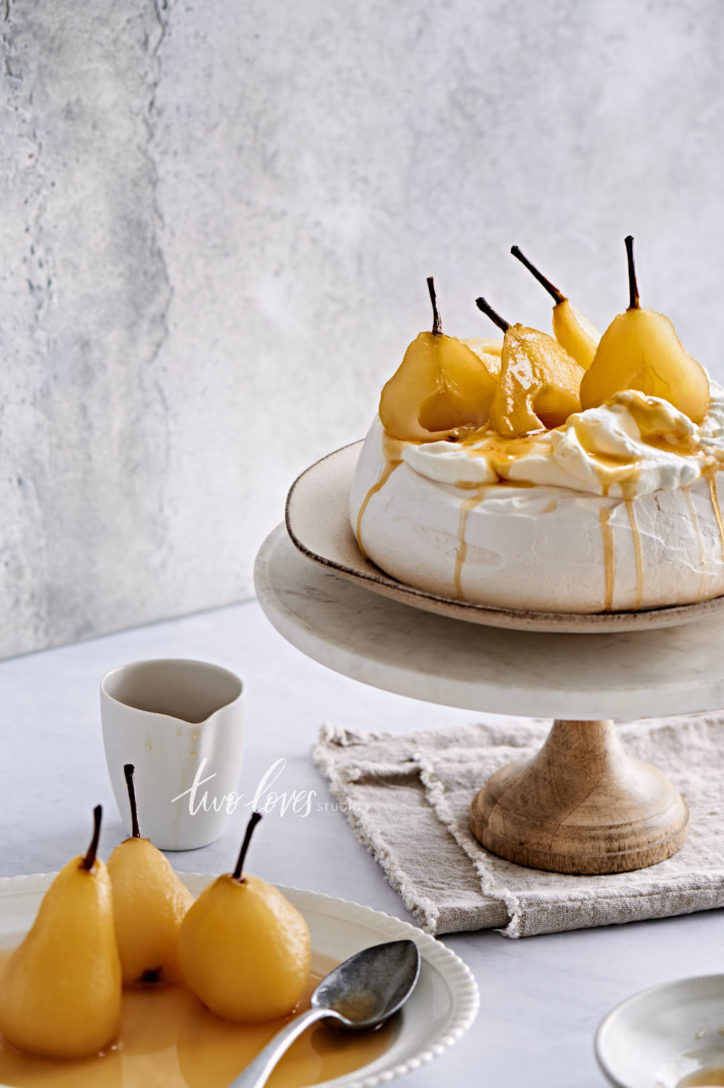
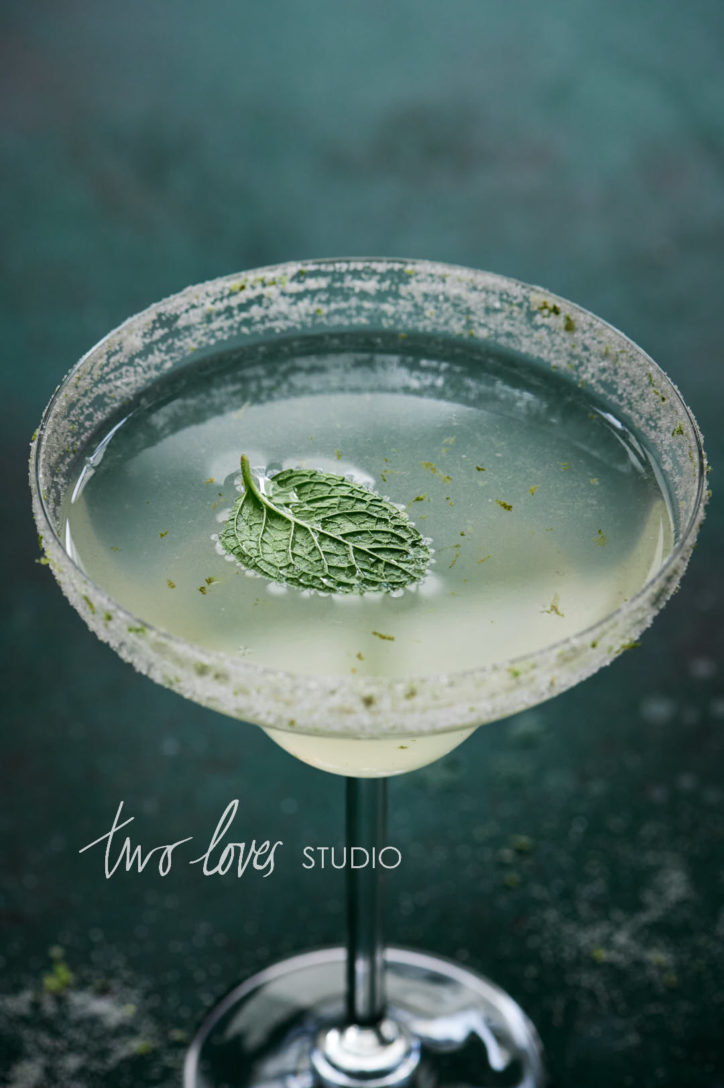
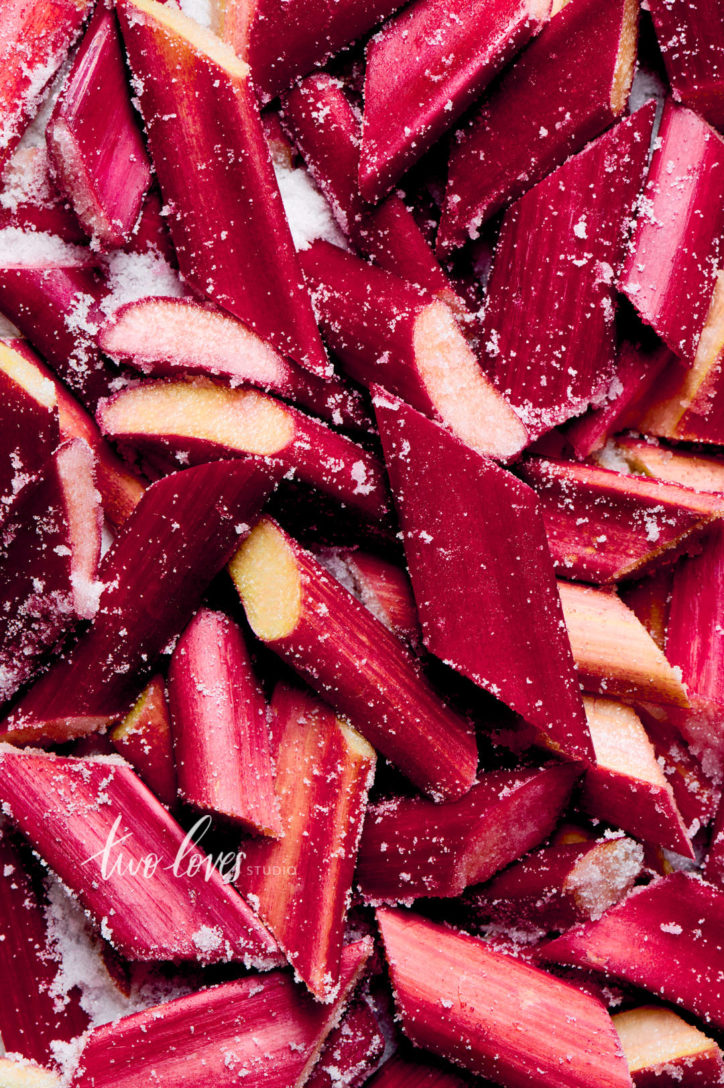
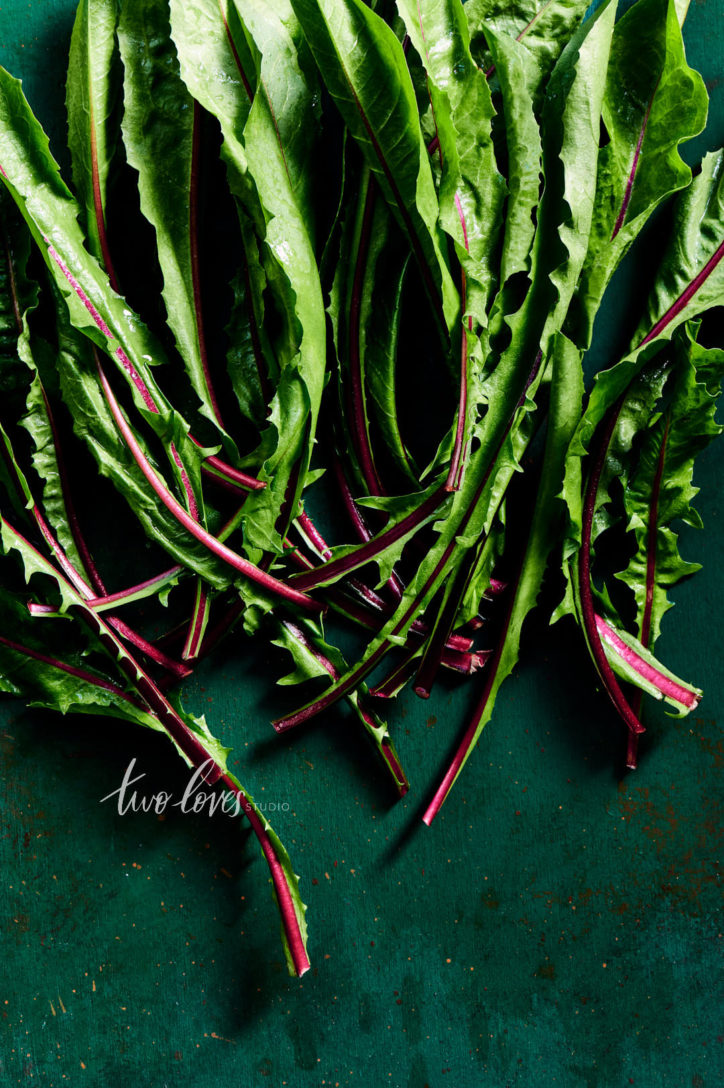
I do also like to use it for slightly wider scenes you might not suspect were used with a narrow lens!
Because the 105mm macro lens is quite heavy and the focus can be tricky, I tend to only use this on a tripod. Which is great for studio work. This lens also captures less light at the same settings than some of my other lenses, which makes shooting in low light almost impossible for hand-holding.
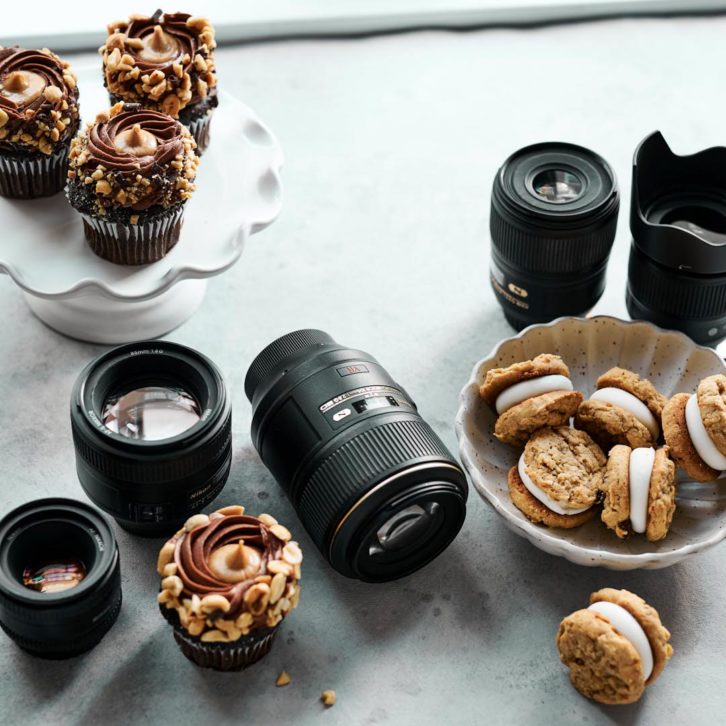
Ultimate Guide
Lenses For Food Photographers
Nikkor AF-S Micro 60mm F2.8G
I have such a soft spot for the 60mm lens. It was the first lens I purchased with my own money. I mostly had second-hand gear and this was the first brand new lens I owned.
Apart from that, I love the way it captures light. There isn’t anything quite like it for me. It has a lovely vignetting and as I like to capture less in the frame, it cuts out just a little more than a 50mm. It’s not a lens that most photographers use on a full-frame, so I like that I am seeing through different glass.
If I need to shoot a flatlay, or fit more into the scene, I reach for my 60mm every time. Before my 50mm even.
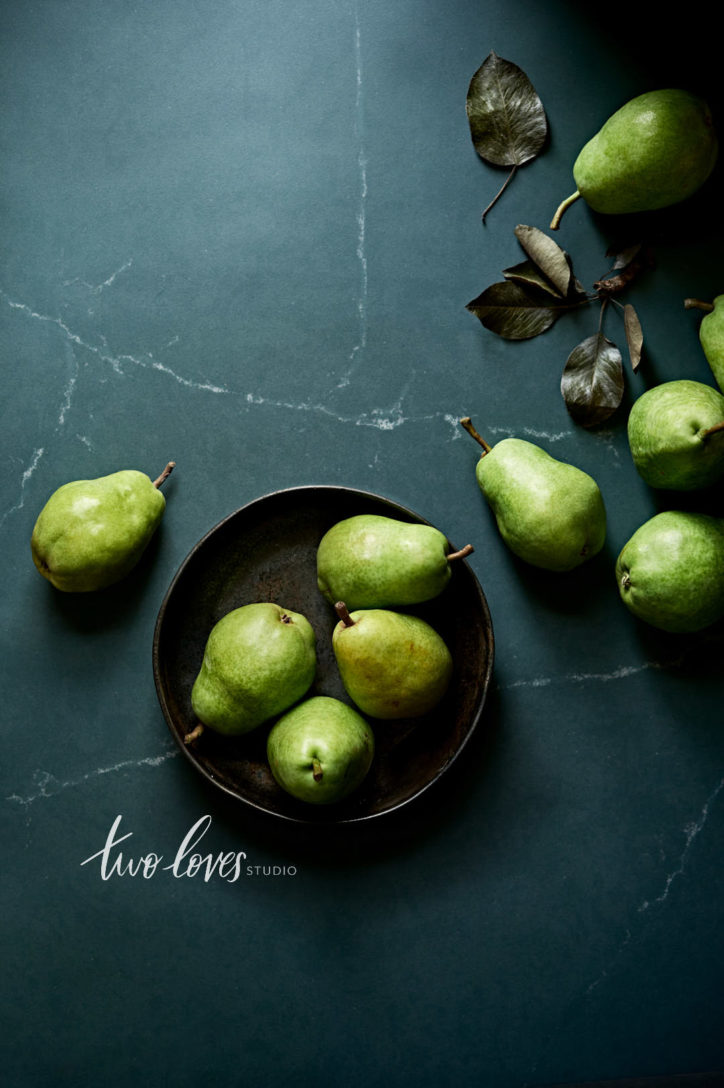
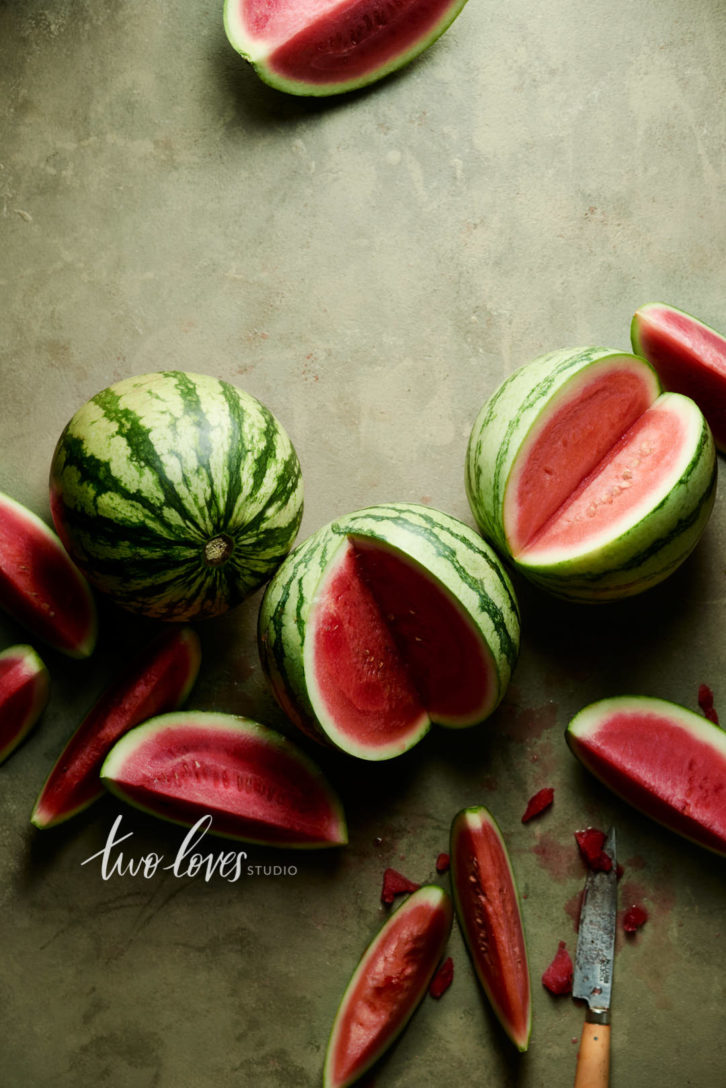
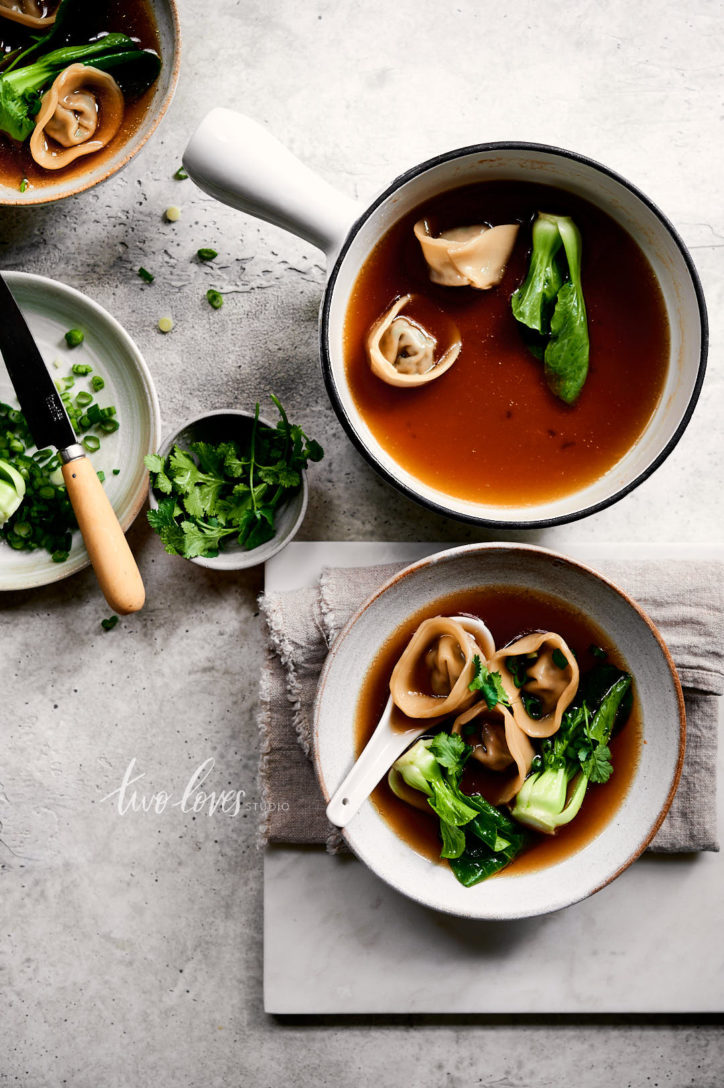
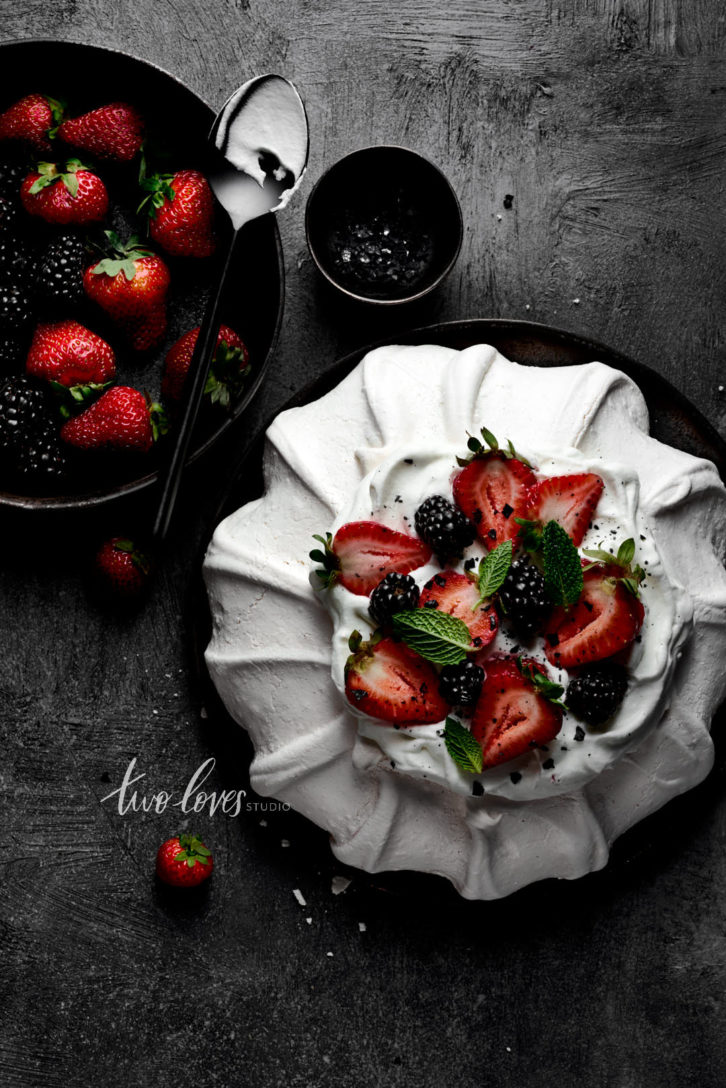
Sigma 50mm f/1.4 DG HSM Art Series
Talk about sharp! This lens is a pleasure to work with. I don’t use it enough, because I tend not to shoot with as much space anymore. But I would use this lens over my nifty fifty 50mm any day.
It is also great for low light, having that extra ability to shoot larger apertures…and did I mention that it was sharp? This lens sure is heavy though, so for me, it’s something I have to be using a tripod for, which I am mostly being in the studio.
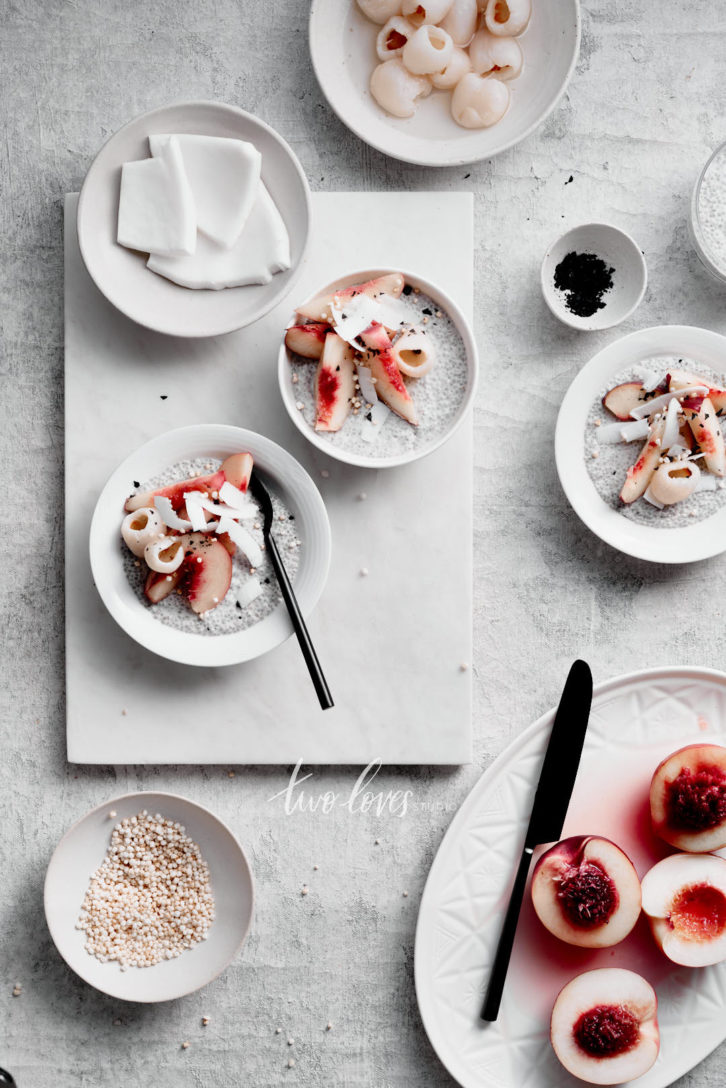
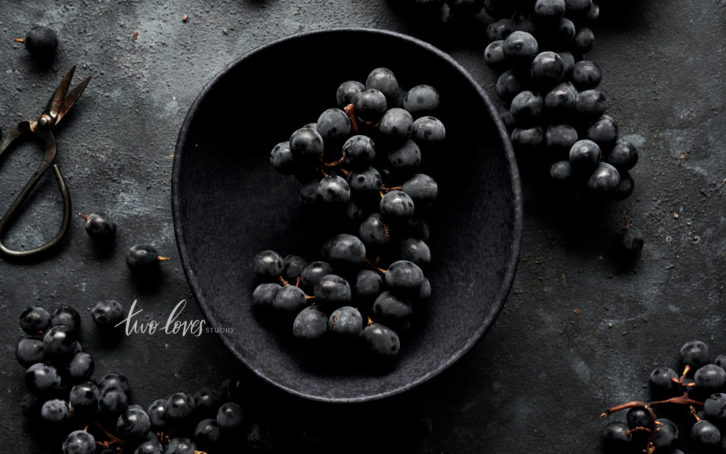
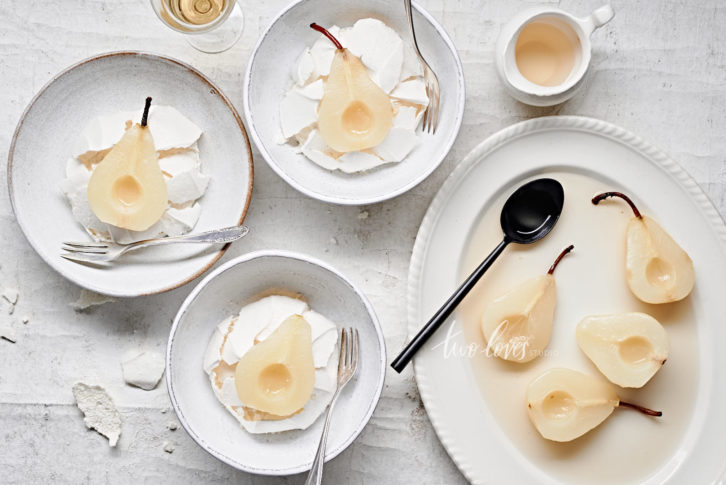
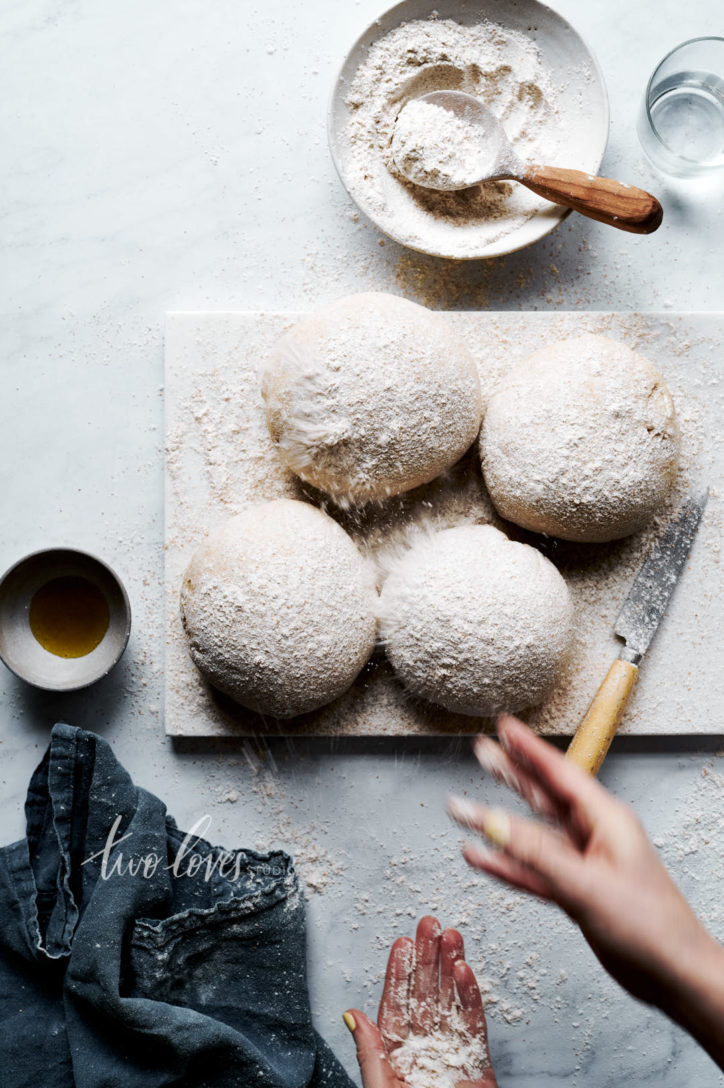
Nikkor AF-S 35mm F1.8G ED
I’ll always take the 35mm lens to restaurants or events. Even though I don’t do as much photography in restaurants these days, it’s a great lens to have as we also shoot travel scenes with it. It’s also a great option to capture behind the scenes photos for this blog!
I do recommend this as a lens professional food photographers use. As I don’t have a zoom lens, it’s an important lens to have access to this focal length as you never know when you’ll be called to use it.
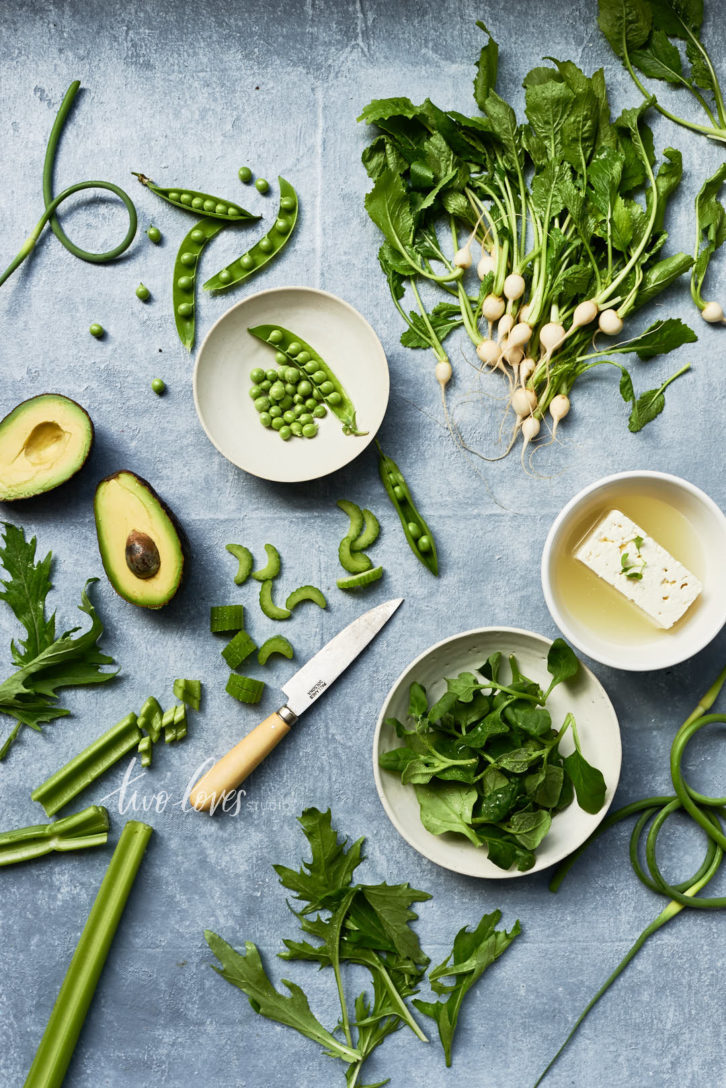
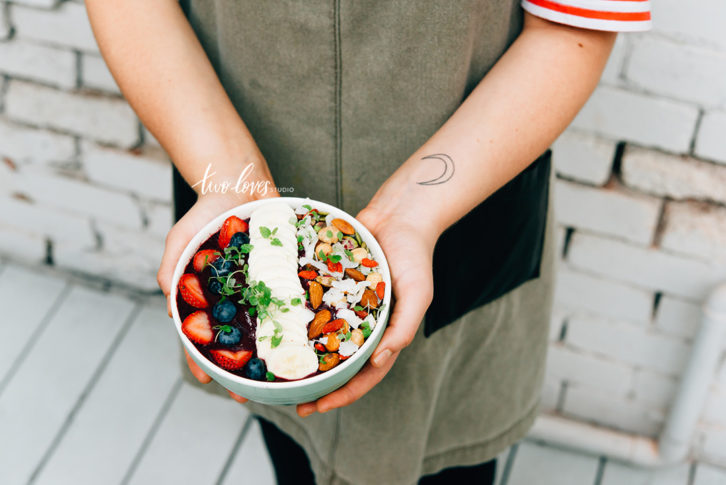
Nikkor AF-S 50mm F1.8G (Nifty Fifty)
These days, the nifty fifty gets used for personal or travelling shoots. It’s so lightweight, inexpensive with a large aperture that we just can’t part with it. I tend not to use it for my professional food works, as I prefer the 60mm over this. If I do need a 50mm, then I will opt for the Sigma Art Series for client work.
Do you have a favourite lens? Let me know in the comments.
Two Loves Studio was not paid to write this post, however, it may contain affiliate links. If you purchase an item from an affiliate link, we do get a commission on the sale which helps us run this site. Only affiliates for products/services we believe in appear on this site.



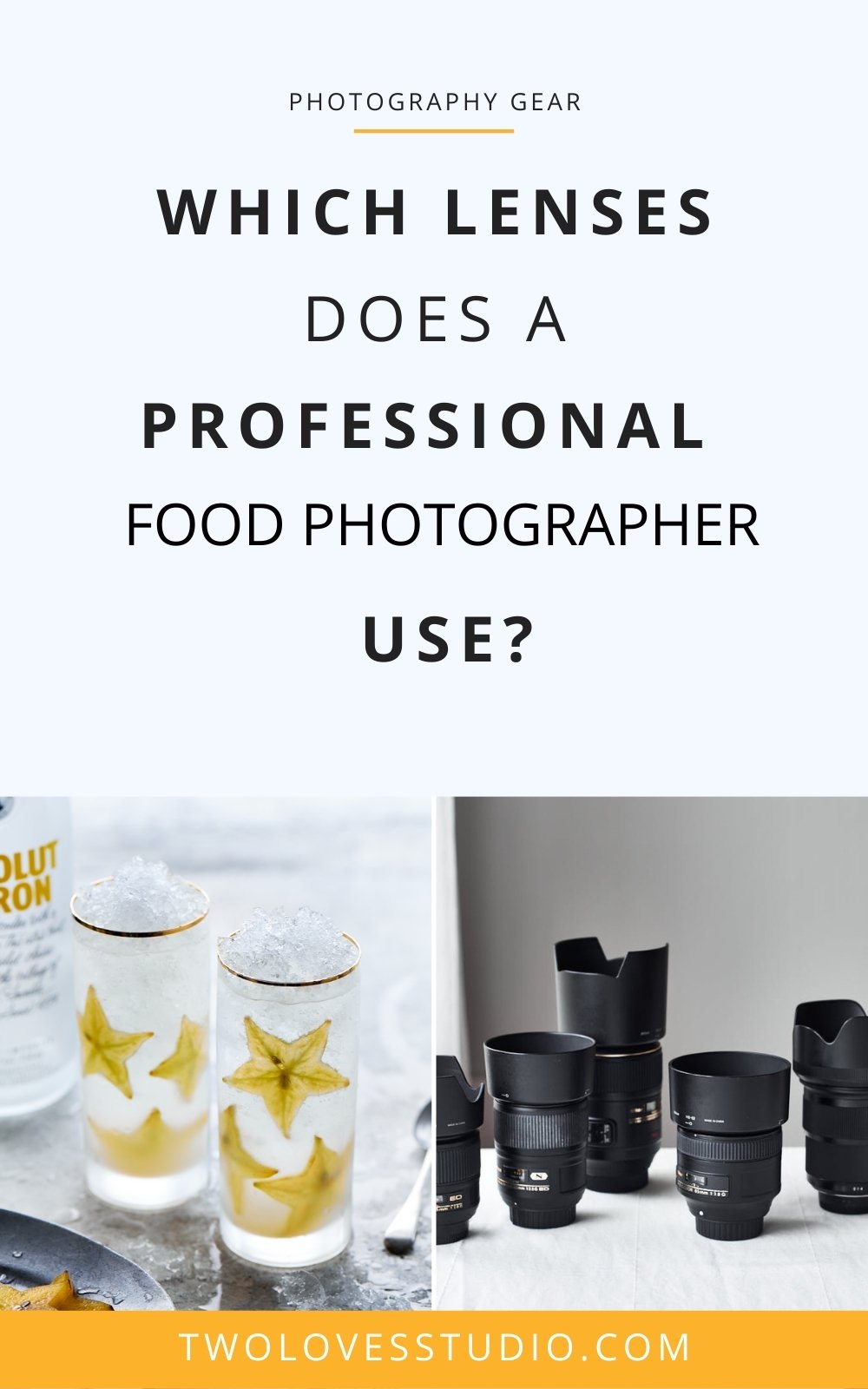
Greta Miranda
Hi Rachel,
I am switching over to a new camera mainly because I prefer having a light weight camera and lens since I have trouble with my wrist and back (inspite of a tripod).
I was hoping you would be able to throw some light on a lens I’ve been eyeing – Samyang 45mm f/1.8 for a sony mount full frame. Currently, I use the Yongnou 50mm f/1.8 on my nikon ap-c. Would there be a huge difference if I use the 45mm?
Rachel Korinek
I’m sorry to hear that you’re having trouble with your wrist, but such a good idea to invest in a lightweight camera so you can focus on being creative! There are differences between all lenses in terms of vignette and bokeh etc (so for that stuff, I would check out reviews on individual lenses). But in terms of focal length, they will be really similar. For a 45mm focal length, you’ll be able to capture even more space in your frame. The drawback is that you can experience some perspective distortion at 45-degree angles and if you try to get up close to your food. You’d experience it less in a 60mm over a 45mm, but neither are the best focal lengths for 45-degree shots (this is all advice if you’re a full-frame user). If you’re cropped sensor, then the distortion will be less. Let me know if you have any follow up questions.
Noah
Just got back into photography.. Have a Canon 90D and about to recieve my Macro lens (Canon EF-S 35mm f/2.8 Macro IS STM) What are your thoughts on this and how can I best utilize what I have for food photography? Thank you!
Rachel Korinek
Hey Noah! Great to hear that you’re getting back in photography. I am a big believer in using what you have and really exploring it. That will then give you a sense of if anything is missing for you and we can make more informed decisions on our next lens purchase. The 35mm macro on a cropped sensor would be more like a 50mm macro on a full-frame. It’s close to my 60mm macro focal length, therefore. So I’d be using it more in line with how I use the 60mm macro in this post. Even though it’s a macro, it’s quite wide and you can experience some perspective distortion for 45-degree shots. I do think when you’re getting back into it, flatlays are the best thing to capture from overhead and this lens will let you do that!
Michelle Rolfe
I’m loving these posts Rachel. As someone still very much learning I am wondering where my next purchase will be. I’m still shooting on a Nikon D7000 cropped sensor. I use the Nikkor 50mm 1.4 and I love it. I’m at the point of thinking where I should look for my next investment. Stuck with the 50mm and move to full frame or go with a new lens. I love minimal abc drinks photos. I don’t do a lot of flatlays but maybe that’s due to me not getting the height on my tripod. I just don’t find the clarity of focus on the 18-55 or any zoom I have. Any thoughts where the best investment should be?
Rachel Korinek
Hey Michelle, I cover the ‘lens journey’ I recommend in this post so check it out! It all comes down to budget. Given you have the kit lens and the 50mm 1.4, I’d be thinking about upgrading to a mirrorless full-frame. It’s the way of the future. If you can’t afford that, get a second-hand DSLR full frame. If you go that route, I would also save for the 105mm macro. Something else to think about is if you only have one pro lens, (the kit lens can be sold – it’s really just something to get started with), is investing in mirrorless lenses straight up. At the time of this comment, the 105mm Z lens isn’t on the market, but it’s supposed to come this year. What do you think? I know it can seem like a lot of money, but we are at a turning point where you can just get into the new technology and save yourself money in the long run.
Michelle Rolfe
Thank you! I think the new body is the way to go for me. (C’mon blog and make some more money!?) I do have other zoom lenses but my husband sometimes still uses them unless I can convince him to sell them to find my obsession. But this does help a lot thank you! And I’ll go read that other post now too.
Dmphotography
Awesome post with perfect guidelines in this blog and thanks for sharing with us and keep posting .
Rachel Korinek
You’re so welcome! Thanks for stopping by x
kate Kennedy
Hi Rachel! I’ve been managing school holidays down under which feels like FOREVER so I’m excited to get back into the course. I got the 35mm NIKON and I love it but would you suggest getting the micro next or the 85mm that you love? Thanks. Kate x
Rachel Korinek
I do suggest getting a macro (micro for Nikon shooters) before the 85mm. So on a cropped sensor a 60mm and 105mm for full-frames. The reason being is that the 85mm has a very limited minimum focusing distance that would be limiting if you don’t have a macro lens. I only recommend the 85mm for full-frame users who have the 105mm and the 50mm. Hope that helps and have fun diving back into learning xx
Herbert
Hi, Rachel.
I just wanted to say hello!. I really love reading your posts. I’m a newbie in photography. I use a Canon T3i with a 18-55mm to take my first pictures, and I hope one day I can shoot like you.
Your pictures are awesome!
Rachel Korinek
Hey Herbert! Thanks for stopping by and with such kind words! It only take practice and dedication and you can be as good as you want to be xx cheers 🙂
Anita Thaver
HI Rachel
I have been using a Nikon D3500 DSLR to capture mostly flat lays and some 45degree shots of my cake photos. The lens is a AF-P Nikkor 18-55mm lens. Should I be using a macro lens instead?
Rachel Korinek
Hi Anita! I do recommend that food photographers have a macro in their kit. It does depend on the look you’re going for and how much distortion you want (or don’t want) in your photos. You can check out this post to see which lenses I recommend for your photography journey. The 18-55mm kit lens is a starter lens and it’s a good idea to invest in better lenses as soon as you can. Do I would recommend checking out the 60mm macro first for a cropped sensor.
Anita
Thank you for the advice Rachel! Will give the suggestions a look.
Rachel Korinek
Great! Let me know how you go 🙂
Anita
Rachel, it so happens that the 60mm Nikkor lens is very hard to come by, unless I buy a secondhand one. However, I see that Nikon has a 40mm macro lens. How would this affect my images? I take mostly flat lay and 45degree pictures.
Rachel Korinek
Sorry to hear that! I guess it can depend on your brand. The 40mm is going to be ‘wide’ for up close shots. So you’ll notice more distortion too. Are you using a cropped sensor?
Linda
Hi Rachel! Thanks so much for sharing such an interesting post – it’s really helpful to see the example images next to each lens type! I have a Canon 700D and love my 50mm the most at the moment. I also have a vintage 28mm Pentax which is nice for flatly since I don’t have to be quite so far away from the scene to capture more in the frame compared to my 50mm. I’m tempted to get a 100mm soon though, as I’d love to do more up close macro shots!
Rachel Korinek
The 100m is a great focal lenght! You will be more limited with a cropped sensor though as it is more like a 150mm, so I only recommend doing that if you are going to upgrade to full frame. If you can, rent before you buy. Especially if you have a small space, it’ll be super tight. So you’ll really only be able to capture very macro shots.
jjorge
Bom dia Rachel.
Escrevo do Brasil. Acompanho suas postagens e tenho aprendido muito com elas. Obrigado por sua generosidade em compartilhar esses conhecimentos. Não apenas vc, mas as outras meninas que estão sempre juntas rsssss
Rachel Korinek
Thank you so much for your kind words. I am so glad you found inspiration here 🙂 Muito obrigado por suas amáveis palavras. Estou tão feliz que você encontrou inspiração aqui 🙂
Sydney
I love your blog, such amazing information! I use a Canon T5i and shoot with mainly my 60mm 2.8. I’m considering purchasing the 24-70mm since I like to shot from all angles and then use whatever shots looks best. Do you think the 24-70 is a good upgrade on a crop sensor camera? I know it’s an expensive lens, but will most likely upgrade to a full frame at some point. 🙂 I cant seem to get a nice background blur with the 18-55, it could just be he user and not the lens. 🙂
Thanks!
Rachel Korinek
Hey Sydney! The pro 24-70mm 2.8 is a fantastic lens that will grow with you! Most people can’t swing the price, but if you can, I’d say it would be amazing. Make sure to get the version that you can also use on a full-frame. You can read about the lenses I recommend here, and the Ultimate Lens guide, check that out here. In terms of the blur, that is a combination of distance and aperture. I have a post here that you can also read 🙂
Lisa Marie Cimini
Hi Rachel! I love your blog. I have learned so much. I wanted to ask you a question on how you store your lenses when you are not using them. Right now I have mine siting on a shelf with all my other camera gear and I wondered if that is ok or will they get dust or dirt in them?
Thanks! Lisa 🙂
Rachel Korinek
I am so thrilled Lisa! It’s always a pleasure to chat with you. I tend to keep my lenses in a few places. In a chest of draws, the cupboard in a box or my travel camera bag. I like to keep them away from dust as much as possible. I always store them with both ends and covers being used to avoid dust. I will sometimes keep my lenses out in the studio if I am shooting all week but I like to clean them up as much as possible. I know some people who trash their lenses and others who take very good care that it’s a little too much. So I am somewhere in the middle! Hope that helps 🙂